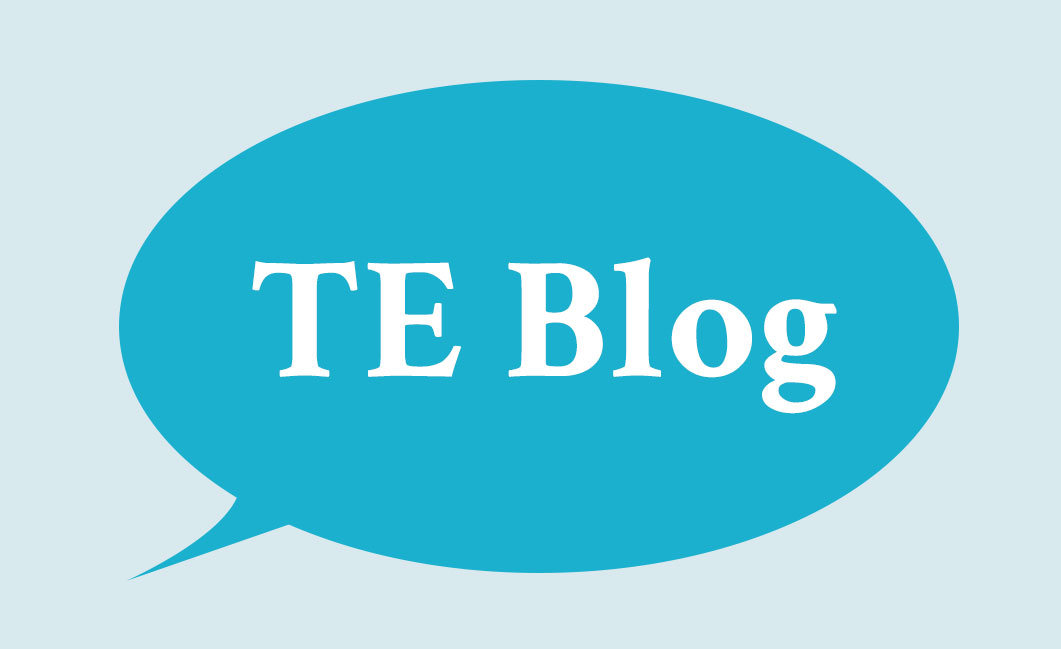An Introduction to The Chicago Manual of Style
For those of you in the humanities, particularly in the fields of history and anthropology, you will eventually become an expert in citing sources according to the Chicago Manual of Style (CMS). Created by the University of Chicago Press in the early 20th century, it has become one of the most recognized and respected citation styles in academia. An offshoot of the Chicago Style is the Turabian Style, which modifies certain aspects of the Chicago Manual of Style to suit the specific needs of academia. Be sure to double check with your university whether Turabian or Chicago is the accepted style for your final dissertation copy.
Chicago Style's Two Types of Documentation
To reference sources, the Chicago Style system uses either the so-called “note-bibliography” (NB) system or an “author-date” system, which closely resembles the systems of the Modern Language Association (MLA) or the American Psychological Association (APA). The NB system is usually used in disciplines like history, philosophy, and religion, whereas the parenthetical style is preferred by the social sciences, such as political science and economics.
The NB system relies on either footnotes or endnotes within the manuscript to cite sources. This also enables the researcher to conveniently introduce tangential yet nonetheless relevant information to the manuscript. For this reason, notes can become quite lengthy at times.
Because the sources are initially listed in full in the note, a final bibliography can be omitted but is often included by students and researchers. For the NB style, the CMS website provides a useful “quick guide” that you can bookmark for easy access. Additionally, several companies sell laminated “quick guides” to Chicago that can be purchased for less than $10.
The author-date system puts the last name of the author and the date of publication in parentheses at the end of the sentence. Unlike MLA and APA, no punctuation is used between these two parts, except if page numbers are included (e.g. John Doe 2014, 120-121). With this citation style approach, the writer must include a “References” or “Works Cited” page at the end of the manuscript.
A Comprehensive Writing Guide
Chicago’s guidelines don’t simply end with citations. The manual covers everything from capitalization and punctuation to how to create illustrations and tables. The Chicago Manual will let you know if or how to italicize historical warships and the linguistic difference between the adjectives “contagious” and “infectious.”
Released in 2010, the 16th edition includes over 1,000 pages of detailed information on how to structure your writing and research your dissertation. For those who might find the hardcover copy unwieldy, an online paid subscription is available and many institutions provide their students with free online access.
The Basics of Formatting per The Chicago Manual of Style
The Chicago Manual of Style also covers important formatting preferences. For instance, in CMS, margins should be between 1-1.5 inches and the preferred font size and style is 12-point Times New Roman. Except for the single-spaced notes and possibly block quotations (depending on your institution), the entire manuscript should be double spaced and flush left. Chicago prefers italics to underlining, as well as only one space between each sentence.
Because Chicago Style is so widely used and accepted, there are numerous online guides and websites that you can reference. If you are writing a dissertation in the humanities and want to pursue a career in academia, it would be worth your while to buy a hard copy of the manual. You will use it often, especially when you eventually turn your dissertation into a book.
Need Help Editing or Formatting per The Chicago Manual of Style?
Despite all the helpful resources available, learning and implementing the Chicago Manual of Style can be both time consuming and frustrating. Feel free to contact us at thesis-editor.co.uk to get professional help with editing, formatting, and citing your dissertation per Chicago Manual of Style.
Call today to speak with a Chicago Manual of Style expert!
Phone: 857-600-2241
Email: info@thesis-editor.co.uk
References
The Chicago Manual of Style Online. Accessed March 27, 2014. http://www.chicagomanualofstyle.org/home.html.
The Chicago Manual of Style, Sixteenth Edition. Chicago: University of Chicago Press, 2010.
“Chicago Manual of Style 16th Edition.” Purdue Online Writing Lab. Accessed March 27, 2014. https://owl.english.purdue.edu/owl/resource/717/01/.
“Chicago Style Citation Quick Guide.” The Chicago Manual of Style Online. Accessed March 27, 2014. http://www.chicagomanualofstyle.org/tools_citationguide.html.
“Kate L. Turabian, 8th Edition.” The University of Chicago Press. Accessed March 27, 2014. http://www.press.uchicago.edu/books/turabian/manual/index.html.
